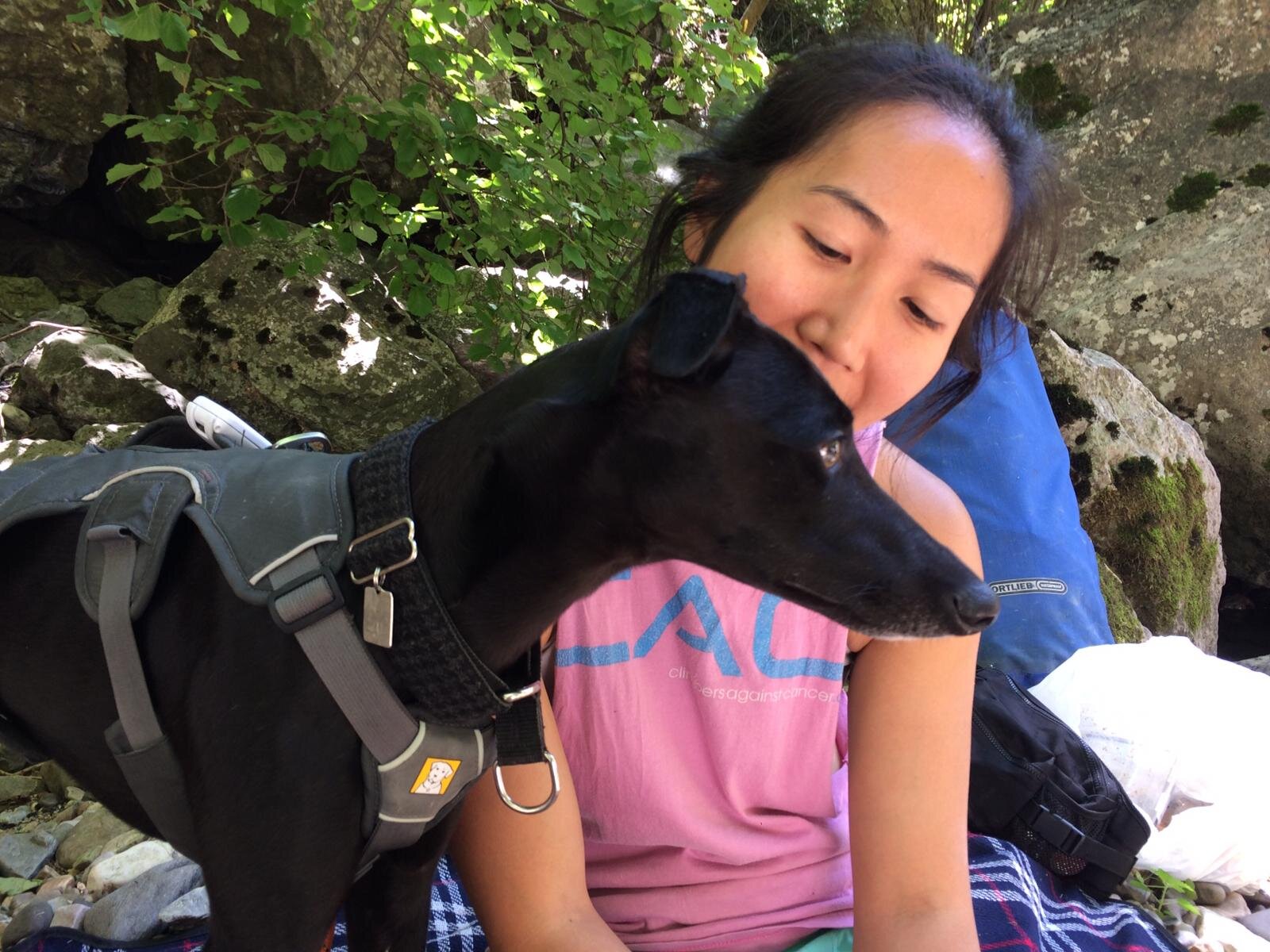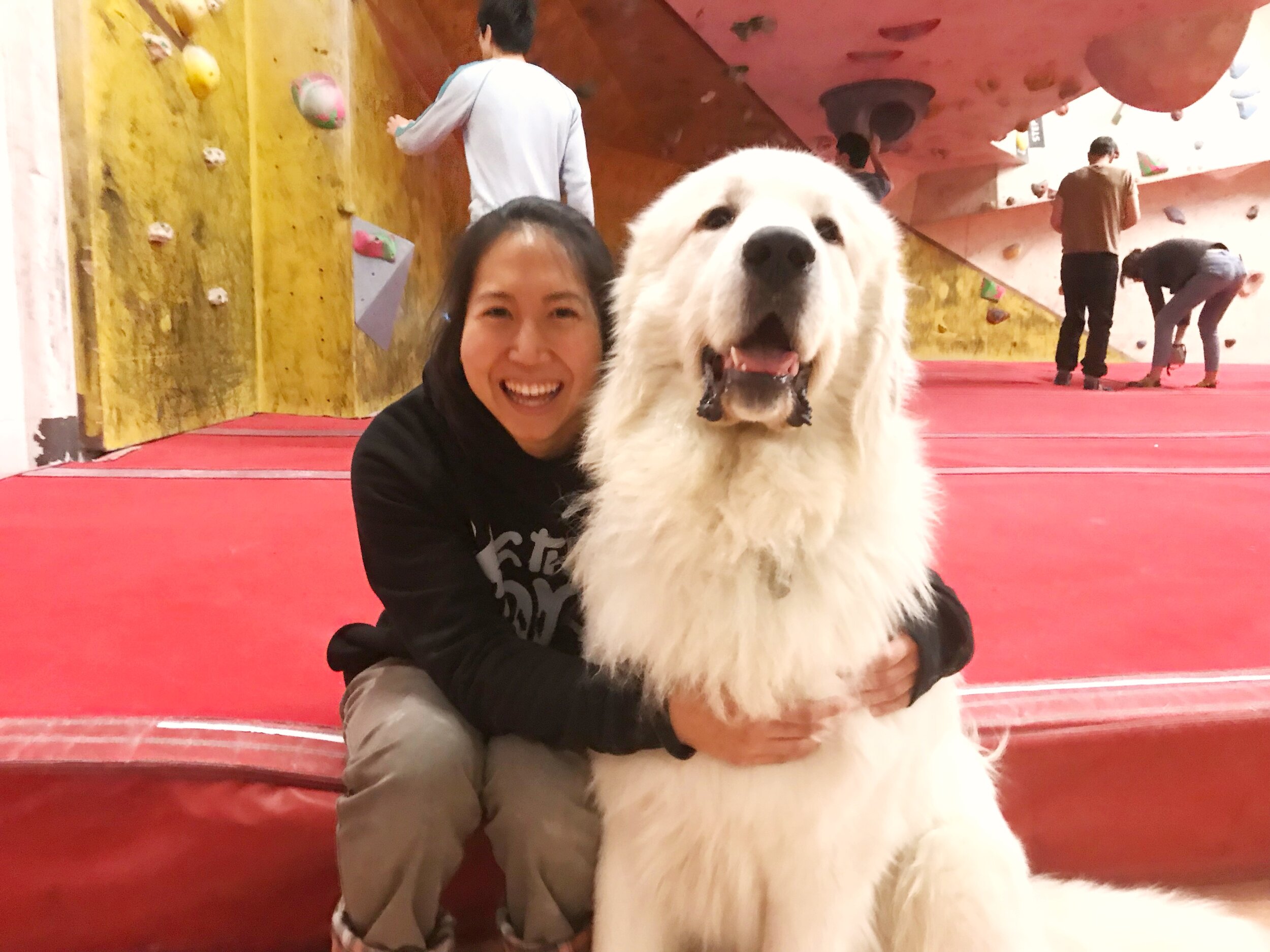Expectation, reward, anticipation (woof!)
A few days ago I went on a walk with my friend Ross and his dog Hendrix. Ross was training Hendrix not to chase after cars on the road. He was trying out a framework he had just learnt about training dogs.
Expectation, reward, anticipation. These were the 3 common types of dog behaviours and how best to respond to them. These were Ross’s standards for Hendrix:
Walking alongside him without a lead, staying calm near moving cars, and being polite and respecting boundaries when meeting new people - these are behaviours expected of Hendrix. When Hendrix did these actions, he was not given a reward. When he did not comply with these standards, he was told off.
Tricks such as spinning, walking in a figure-8 path, standing on his hind legs and dancing - these actions were special and Hendrix was rewarded for his efforts in learning and applying himself.
Once these tricks were learnt, Hendrix would sometimes act them out without any instruction from Ross. This behaviour reflected anticipation, and they were done when Hendrix wanted a treat. These acts were not rewarded.
Expectation, reward, anticipation - a simple framework for a well trained dog. I had a feeling I had stumbled onto a deep insight about perception and behaviour and that I hadn’t fully grasped its meaning yet.
A few days later, I found myself sitting under a dyno wondering how to do it. It’s funny how a dyno can evoke a myriad of emotions not normally associated with climbing. It’s similar to the 5 stages of grief, except I often experience them in a different order. I tend to start with acceptance - it’s definitely a dyno. Then anger - not again, who brought me to this climb! Denial - am I really here, do I really have to try this? Bargaining - if I do the dyno I can tell myself later that I’m really cool. Then finally a new acceptance that dynos are actually not that hard, it can be kind of fun, and it is good for me try new things.
Then it dawned on me… Dynos aren’t “new things”. I’ve been doing them for more than a decade, and I actually do them quite frequently. Despite this, I’ve been considering dynos to be ‘reward behaviours’! Thus the emotional journey, the stigma, the indignant petulance. I had blatantly refused to see dynos for what they are: a really common and expected behaviour in bouldering. Then I recall a time several years ago when in attempt to be accepted and respected by my peers, I had overzealously accepted dynos into my life. I saw dynos everywhere. I was jumping around like an over-caffeinated grasshopper, only to discover later on that I had missed the obvious foothold, or the simple drop knee move, to pursue yet another dyno. I had crossed the line into ‘anticipation behaviour’. I was trying to gain cool points but turns out that is not what climbing is about.
With all dogs as my inspiration, I will strive to look at moves for what they are and use the power of perception to propel my climbing forward. “Fish are friends, not food” chanted the forward thinking vegetarian sharks in Finding Nemo. This is my mantra:
Expect to do dynos. If it is not that difficult, feel free to do them straightaway.
Reward yourself if it is an exceptionally difficult dyno, just as you would celebrate doing an exceptionally difficult any-other-move.
Don’t try to be cool, look at each climb for what it is and respond accordingly.
It turns out that we humans are very similar to our furry friends. As Hendrix learns to resist his urge to run after every car he sees, I too will resist my urge to have a shitty first go on each dyno. After all it’s a move like any other, let’s give it a proper go.




